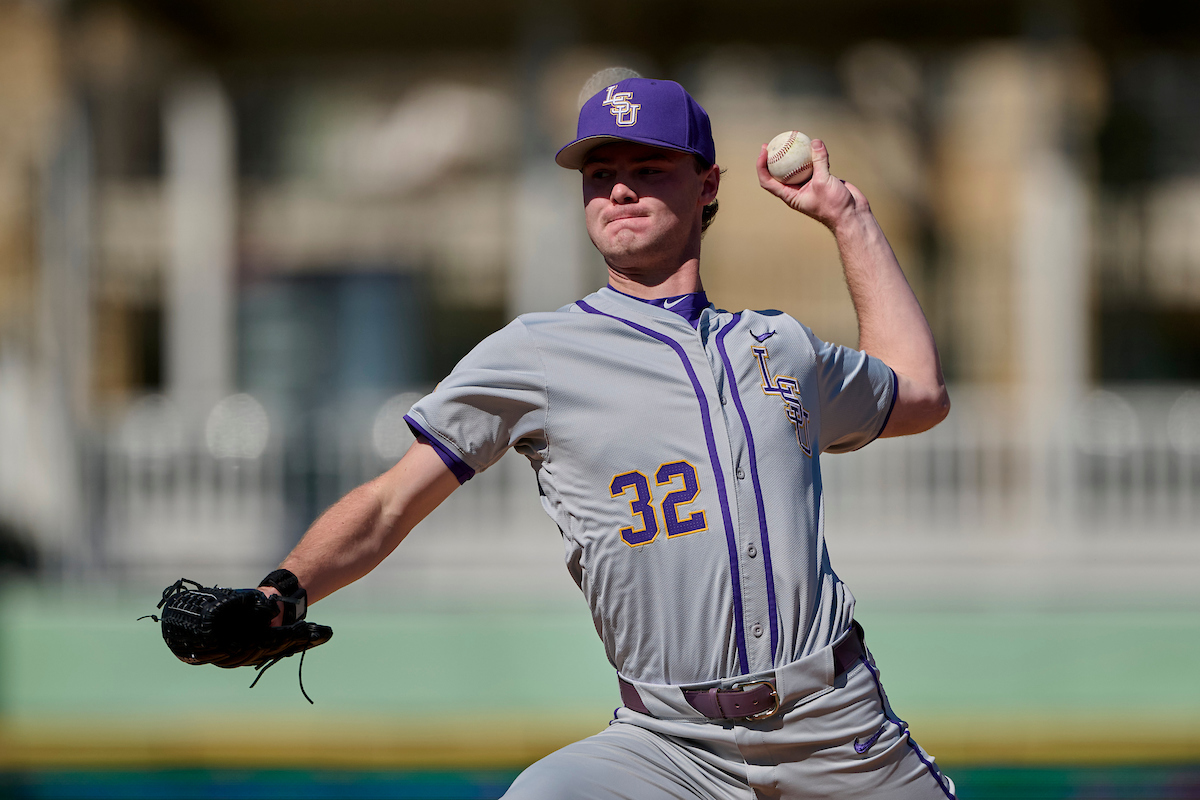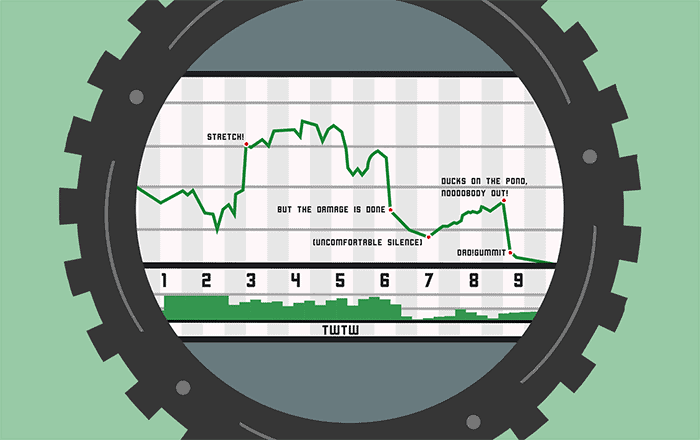One of the things I like most about the Offseason Plan Project is that it forces would-be GMs to prioritize problems. From a sample of dozens, we can see which positions end up getting fixed first, and which ones have to wait due to constraints of one type or another, no matter how creatively some try approaching it.
Take White Sox catchers, for instance. As a group, they can hit. As a group, they aren't much behind the plate, especially now that Kevan Smith's decent framing is in Los Angeles. Ideally, at least one catcher would be swapped out for somebody who can give the pitchers some help, but when assessing the pros and cons against both other teams needs and the landscape of the league, would the position stand out as one of the biggest priorities?
According to the Offseason Plan Project, no. More than half of the 70 plans are rolling with the incumbents.
- Welington Castillo and Omar Narvaez, 44
- Narvaez without Castillo, 9
- Yasmani Grandal, 9
- J.T. Realmuto, 3
- Austin Barnes, 1
- Kevan Smith, 1
It kinda makes sense. Narvaez was the team's best hitter, and with Castillo in a contract year, the position could naturally open up for Seby Zavala should he prove worthy of an extended audition. Moreover, when you look at FanGraphs, White Sox catchers produced the league's third-highest wOBA in 2018. That's at least one reason to retain the combination for at least one more year before considering a larger overhaul.
Alas, that stat loses a lot of its impact when seeing the Red Sox win the World Series with the league's worst-hitting catchers by far. Conversely, Red Sox catchers posted the third best Fielding Runs Above Average total according to Baseball Prospectus, while the White Sox finished 29th out 30. Chicago's catchers finished last in blocking, fourth-worst in framing and sixth-worst in throwing.
That isn't to say that the Red Sox drew it up that way. Sandy Leon and Christian Vazquez took big steps back, and Blake Swihart wasn't much help, either. Fortunately for Boston, it had plenty of offense elsewhere, so the catchers only needed to bring defense to the table to win 119 games. Give the White Sox batless framers, and they're likely still awful.
The Red Sox aren't counting on that combination again, so they're on the lookout for upgrades. They're far from alone. As Mike Petriello of MLB.com notes, there's a historic drought in production from catchers leaguewide.
In that entire century of baseball, only three times have catchers hit worse than the .232/.304/.372 (.296 wOBA) they combined for in 2018 -- and all three times were in the low-offense 1960s, an era so devoid of production that the sport had to lower the mound in 1969 to account for it.
For context, the entire sport of backstops hit basically like White Sox infielder Yolmer Sanchez, who put up a .242/.306/.372 line this year. (If we look at it as a comparison against the league hitting average that year rather than as a raw number, it's still one of the 10 weakest seasons.)
Petriello examines three reasons for this shortage:
- Maybe it's just a down year.
- Maybe it's just harder than ever to be a catcher.
- Maybe it's just harder than ever to develop catchers.
And he ends up rolling more with the second and third points. Teams are preferring receiving over slugging, especially with the increasing number of pitchers they're expected to handle over the course of games and seasons. As a result, even the top-ranked prospect catchers end up falling by the wayside when it's their turn to show up.
Eno Sarris responded to Petriello with his own observation in support:
Petriello used all this information as a way to show what kind of leverage the Marlins have in dealing a well-rounded star like Realmuto, even if they should theoretically lose some of it with the knowledge that Realmuto has no intent to stay in Miami. He still has three seasons under team control, which makes him a fit for everybody, from the White Sox to the Red Sox.
In this context, the White Sox are in a fascinating position, with all the double-edged weight a word like "fascinating" wields. If teams are jonesing for offense from catchers however they can find it, the Sox probably shouldn't hesitate in dealing Castillo or Narvaez (preferably the former), because there seem to be rapidly diminishing returns from two catchers who hit without receiving.
But if defensive-minded upgrades favor the sellers and White Sox catchers already do one thing very well, it makes it very tempting to stay the course. The Offseason Plan Project is in the same boat. If we can get just mild defensive improvement, the White Sox are probably thinking. Rising to "merely subpar" could given them a surprisingly potent combination, but the Sox haven't been able to generate substantial receiving progress since Tyler Flowers. As it stands, if the White Sox stand pat and the defense grades the same, they could have one of the best offensive combinations behind the plate just in time for it to matter the least.






